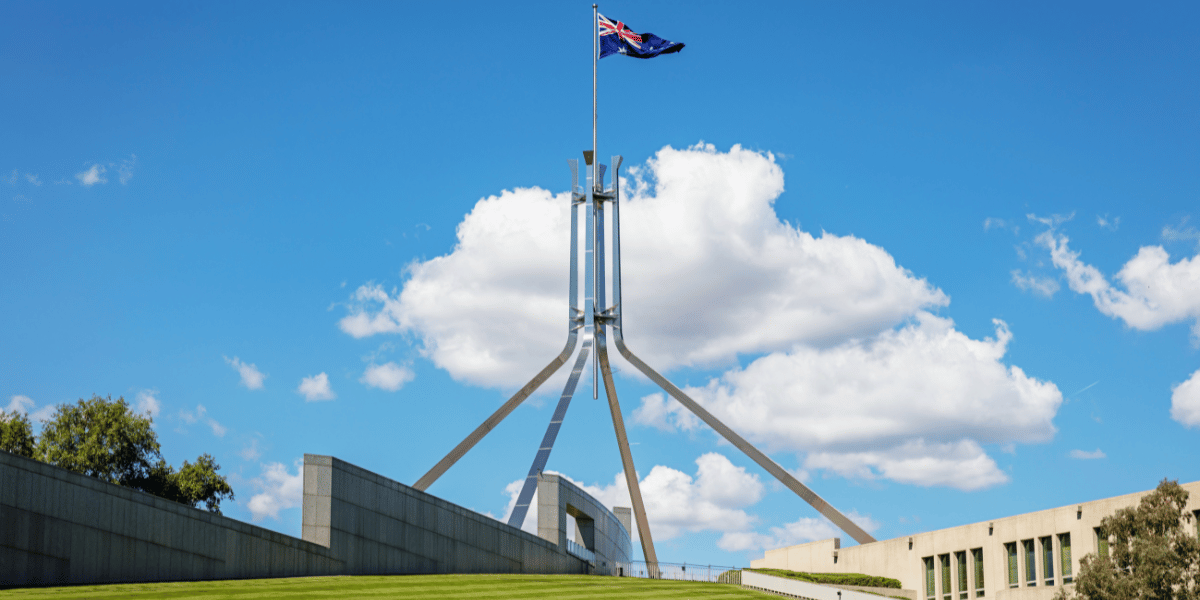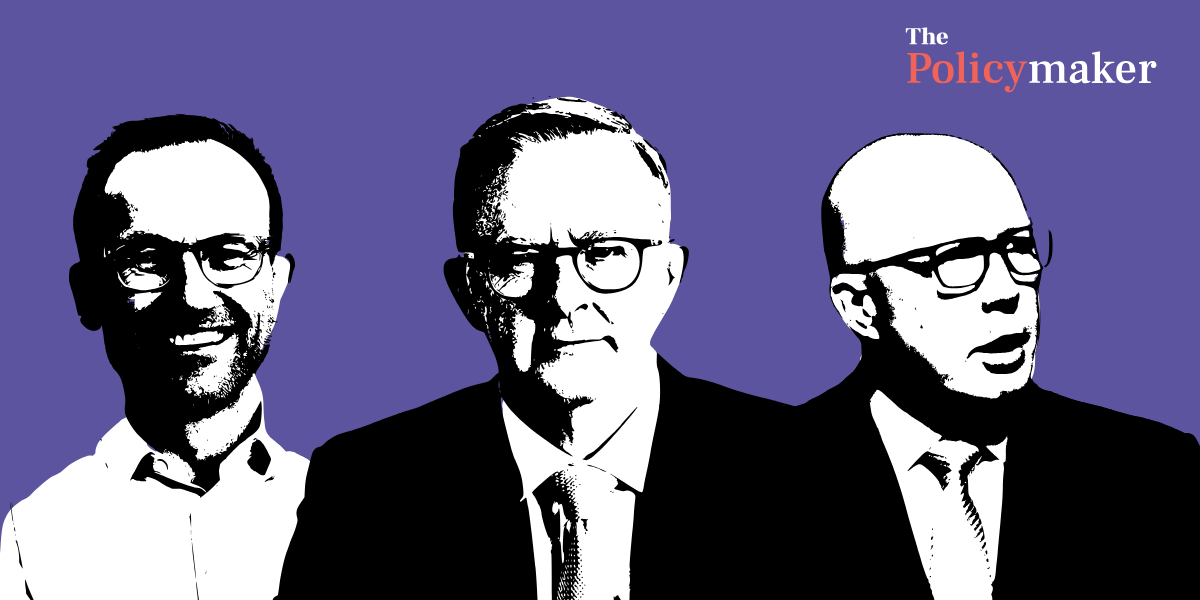The battle against modern slavery is increasingly occupying the mind of investors—collaboration can contribute to its demise.
I want to share a small anecdote that is still rich in my mind today. In 2011, I was privileged and humbled to take my first field trip for the purposes of assessing ESG (“environmental, social and governance”) at site for suppliers and factories in Hong Kong and China. Though they always showcase the best workshops when I visit, what struck me at the outset was what a complex world manufacturing and supply chains really are, from suppliers, suppliers to suppliers, manufacturers, agents, buyers, factory auditors and sustainability consultants.
When I arrived, people seemed happy and were welcoming. However, as I moved beyond the energy of meeting new people, the facility tours and management presentations, I began to form a picture, at first from small things, and then larger things, on what life was really like for workers. First, I noticed old machinery with no safety markings. I saw the close proximity of workers to each other, and the cramped working conditions. I could see there was little in the form of occupational health and safety. Then finally, I was struck by the biggest realisation of all. Two friendly workers held up a handmade t-shirt for me to photograph. Then the epiphany. This was the very same shirt I had seen in a prominent discounted retailer in Sydney. What do you think was the recommended retail price? $4. Bearing in mind that a retailer has to mark-up such a product by some 100 per cent, leaving $2, and the importer needs their cut, the manufacturer, and then the worker, through their wages. How much of this $2 is left for the people who make the shirt with their labour?
Since then, I have undertaken many field trips: Hong Kong (2011, 2012), China (2011, 2012, 2016), Bangladesh (2014), Cambodia (2018, 2019), and Thailand (2019). The pandemic put these field trips on hold for some time, but I can now schedule more in my research on what matters in supply chains, and most importantly, how we can identify, reduce and ultimately eradicate modern slavery.
Back to the world of investing, you might ask yourself, what is the relevance of modern slavery for investors? The answer might seem apparent to most of The Policymaker’s readers, but for some time it was not so obvious to investors and companies alike. Making it obvious has been one of my missions, and it starts with an investment philosophy.
Take Ausbil, where I work. Our investment philosophy is that we believe earnings growth and revisions drive share prices. We also have a preference for companies with sustainable earnings, good and improving ESG scores, and quality governance and leadership amongst other criteria.
For investors, apart from the moral hazard and ethical concerns that surround the risk of modern slavery, there are also fundamental risks that can impact returns. While this may seem a crude angle, in investing it often helps to appeal to the hip pocket when seeking to achieve a result.
Here is our thesis, well supported by observation. In business, a key risk to earnings is of course brand damage. Brands are key assets and take years, even generations to build. They can add up to a lot of value over time. According to Statista, Apple’s brand equity is valued at USD 355 billion. Toyota’s is USD 64 billion. Brand damage can therefore be costly and time consuming to restore once it has been partially or fully destroyed. For example, in 2020, the share price of UK-listed retailer BooHoo lost 46 per cent of its value on the news of allegations about labour rights issues in its supply chain. It recovered afterwards but the initial reaction was massive. A similar case occurred at Top Glove, a Malaysian glove manufacturer. Allegations published by The Guardian of wage slavery, debt bondage and other human rights abuses in the supply chain of Top Glove had a similar impact on the share price. Moreover, legislation in the US prohibiting imports from hotspots for modern slavery unless importers can prove goods are not made by forced labour saw not just Top Glove but at least six Malaysian companies banned for some time from exporting to the US.
The bottom line is that if you have a business model where earnings rely on underpaid labour, weak regulation or even illegal activities, like modern slavery in the supply chain, the earnings you generate are simply not sustainable from a risk perspective. However, it does not end at earnings. I mentioned quality governance and leadership before as something that we rate as critical in our investment philosophy. If a company in 2022, three years into the era of the Modern Slavery Act, still pays lip service to modern slavery in the supply chain, or does not understand the risks in its supply chain, it begs the question, what else should you be worried about in their business model and practices?
I have engaged with companies on human rights issues, including modern slavery, for over a decade. Since the Commonwealth Modern Slavery Act was passed in 2018, there has been more investor interest in this topic than ever before. As expected, there has been a marked increase in investor interest in modern slavery now that there is an act with a compulsory reporting regime. The Modern Slavery Act requires investors to assess the risk to humans in operations and global supply chains of companies in which we invest.
Say you are an investor who has never looked at the issue of modern slavery. You will quickly discover that it is very different to other ESG issues. Take climate change, for instance. You can choose to not invest in companies that are exposed to increased climate risk, and you can choose to invest in companies that are providing the solution on climate change, and that will benefit from decarbonisation. In this case, some companies have significant risk, and for some there is a significant benefit.
What about modern slavery? The starting point for a risk assessment is that all companies have some element of modern slavery risk in their businesses. It is almost impossible to diversify away from the risk of modern slavery in an investment portfolio. As modern slavery is an existential risk for all firms, it makes sense for everyone to work together in the fight against such human rights abuses in supply chains. Collaboration is sometimes dismissed as a cliché, but in this case, it is the best way to attack such a problem. No government has been able to eradicate modern slavery, nor any company, so how could one investor alone eradicate such risks?
Last year, I reviewed over 250 modern slavery statements issued by listed companies. Sadly, many stop short at a high-level risk analysis, sometimes only spelling out the obvious, without any depth of analysis. More sadly, this is often deliberate. Perhaps, taken individually, these statements may not make such a big impact. But if everyone strives together, the power of collective action does make a difference. Collaboration starts with doing your very best, and taking the extra steps to eradicate modern slavery. If the 250 largest companies listed on the stock exchange each do this, and report it in their annual “Modern Slavery Statements”, this collective action can make a huge difference in not only identifying and reporting the risks of modern slavery, but helping to eradicate it from supply chains.
Only when we act together in a collaborative system can we begin to eliminate the risks that are systemic, like modern slavery. When I say act, I mean actively engage with companies we invest in, trying to find win-win solutions, where workers are better off, companies are better off, we as investors are better off, and we as a community are better off.
In my field trips to places like China, Bangladesh, Cambodia and Thailand, no one ever invites you into a “bad” factory. You only get to see the best factories, but that can also be valuable if you apply the logic. When you go on such trips you get to speak to workers, unions and NGOs on the ground and that can help you understand the complexities and nuances. You can learn what leaders are sourcing responsibly. We can bring this information back to Australia and encourage companies here to follow what international best practice is doing. In our experience, this is a very effective way to engage. We have found that companies are happy to listen to new ideas, particularly when your focus is on win-win solutions for companies, workers and investors alike.
Investors have already established frameworks for collaboration. One example is Investors Against Slavery and Trafficking (IAST-APAC). Another is the Human Rights Working Group of the Responsible Investment Association Australasia (RIAA), of which I am Chair. Last year, we updated an investor toolkit with RIAA on modern slavery, which is a collection of leading practices on responsible sourcing in the corporate world. Investors actively use the examples in this toolkit to encourage local companies to take up those practices.
One such practice includes consolidation of the supply chain, sourcing more from fewer suppliers, which gives the buying company more leverage over the supplier. This makes it more likely that the supplier meets their responsible sourcing criteria. It also gives better visibility over the supply chain. We also encourage companies to develop strong long-term relationships with suppliers, rather than just transactional relationships, and encourage buying companies to incentivise suppliers to monitor conditions further down the supply chain by giving suppliers more business when they comply.
We encourage companies to remove potential conflicts of interest between procurement and responsible sourcing. When I met with supplier factories in Bangladesh, we uncovered a common conundrum. Factory owners often complain that the buying company first sends a responsible sourcing team that makes demands on factory conditions and asks the supplier to take corrective action. The factory owner complies at some expense. Then the buyer’s procurement team arrives, at which point the factory is then only incentivised on price, or the buyer will go elsewhere. This then typically leads to subcontracting, where supply chain risks typically occur, in chains that have not been reviewed by the buyer’s responsible sourcing team. Again, here we have a perfect example of the potential for collaboration to fix the problem, with the power and determination of everyone working together.
Måns Carlsson OAM has been Head of ESG at Ausbil since 2015. In 2022, Måns was recognised as a Member of the Order of Australia (OAM) for service to the sustainable investment sector, including special mention of his work on modern slavery.
The James Martin Institute for Public Policy, in partnership with the Office of the NSW Anti-slavery Commissioner, is convening a series of expert workshops bringing together policymakers, academics and practitioners to discuss challenges and identify opportunities for an effective approach to combat modern slavery, to support the development of the NSW Anti-slavery Commissioner’s first Strategic Plan. This article is one in a series from workshop participants.
Image credit: kemalbas / Getty Images












